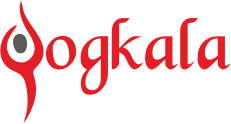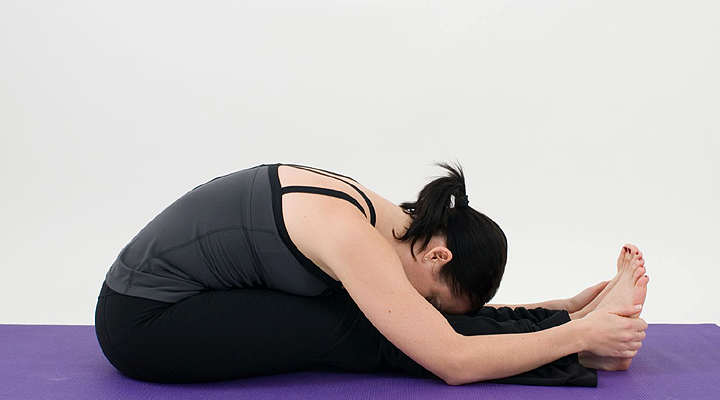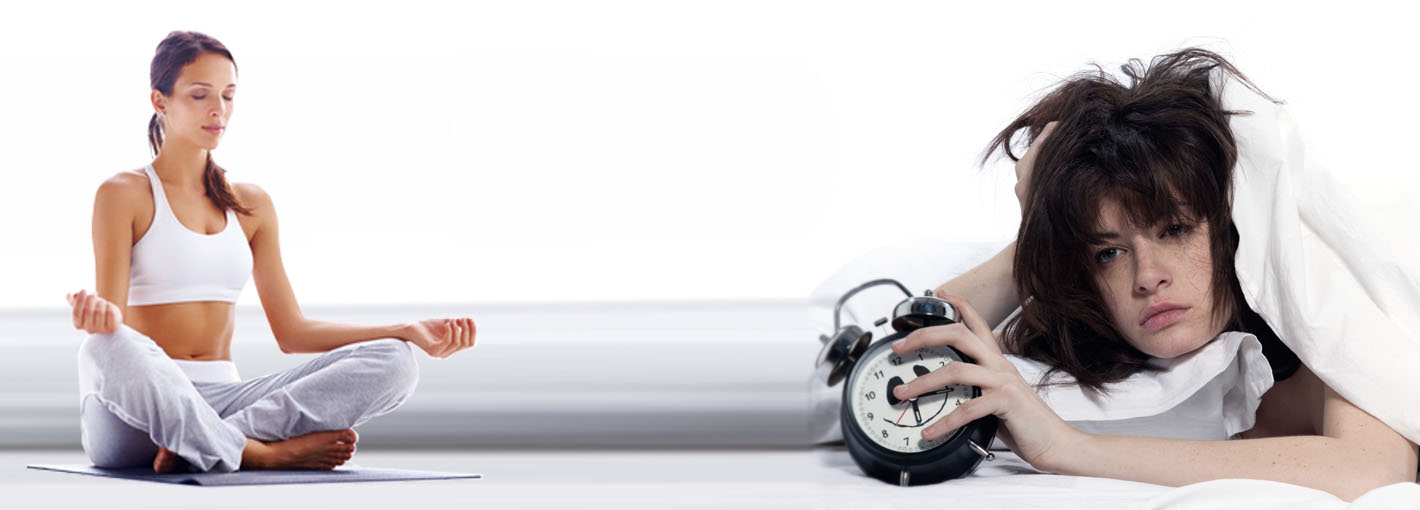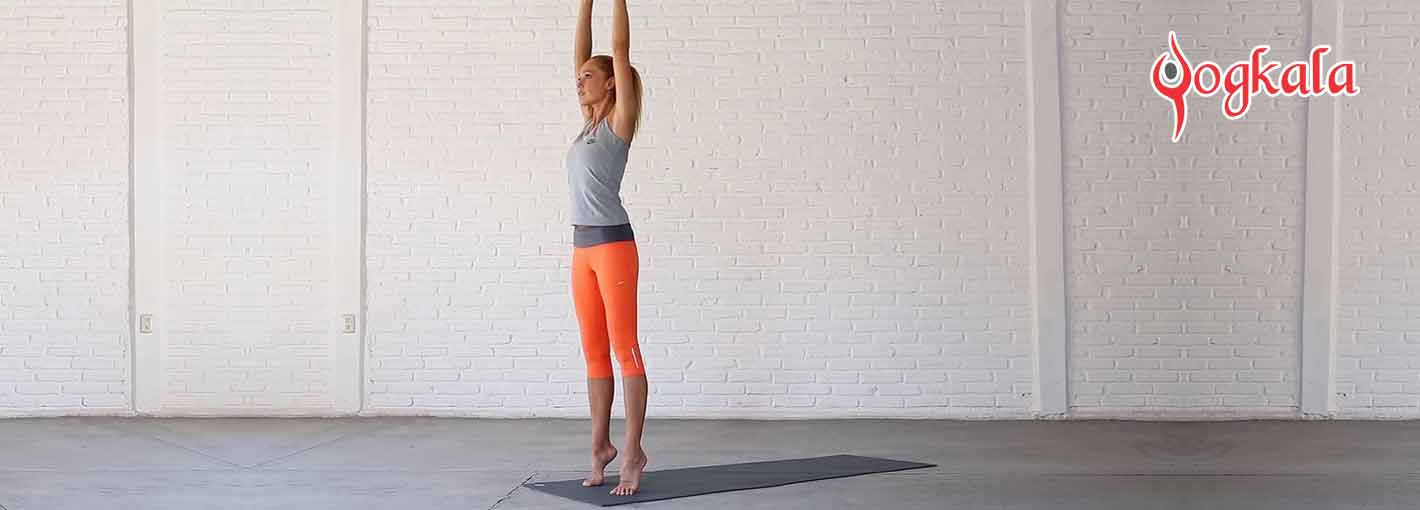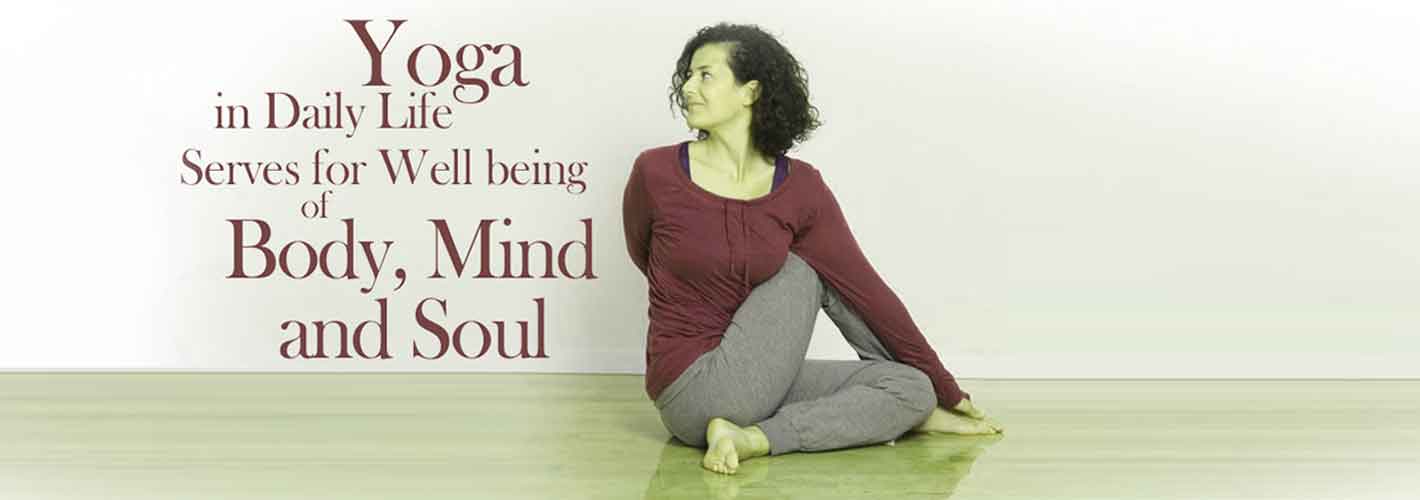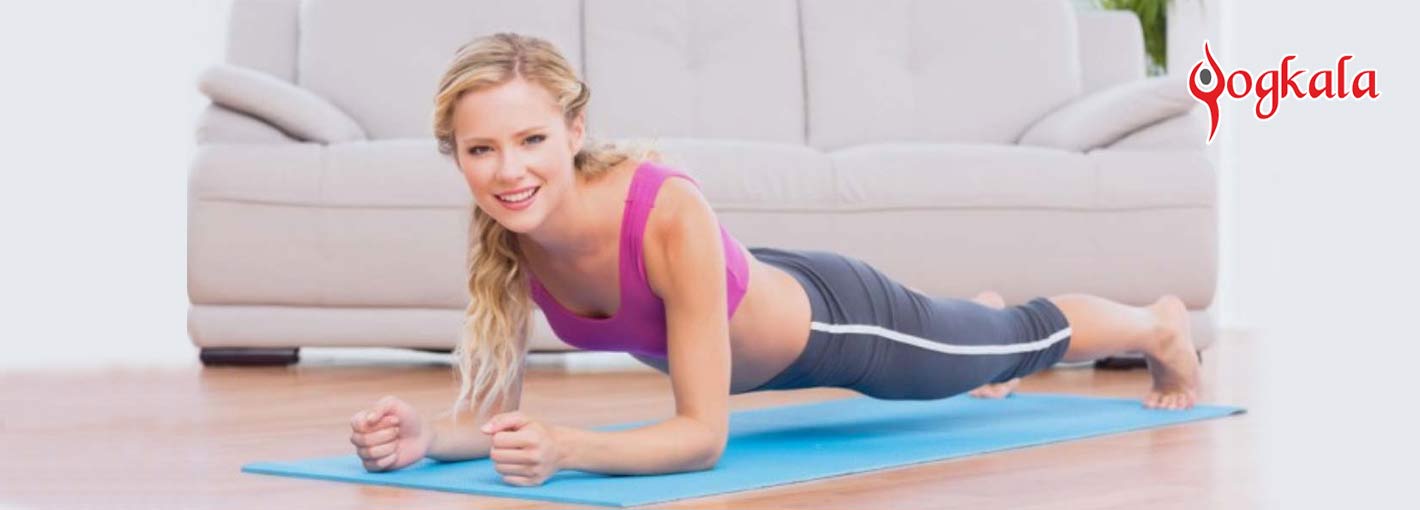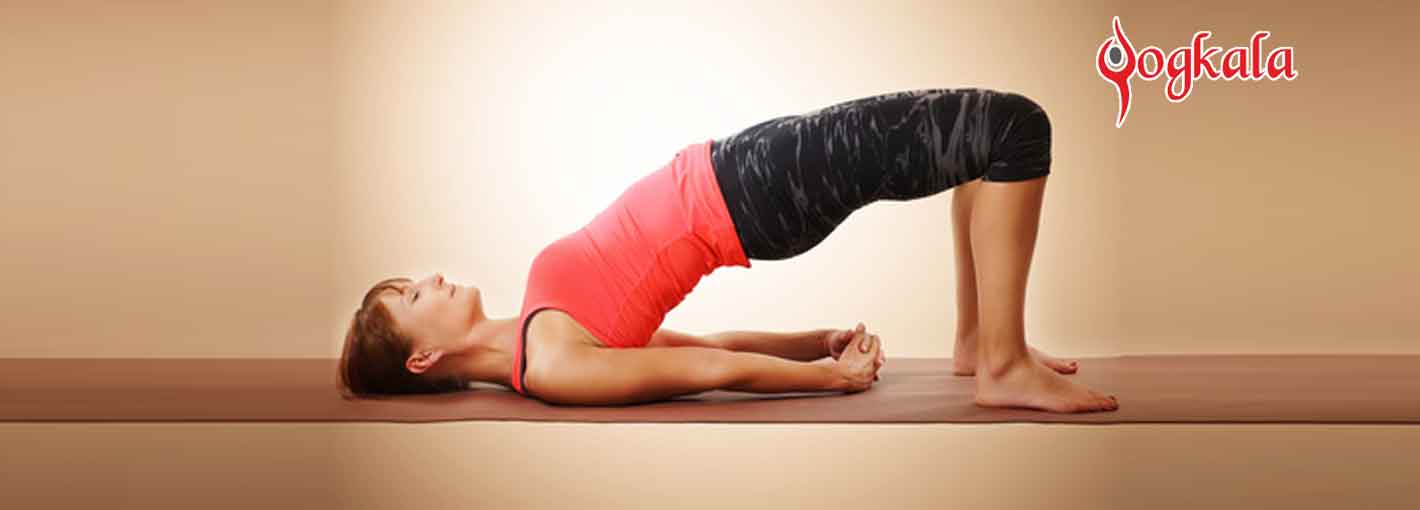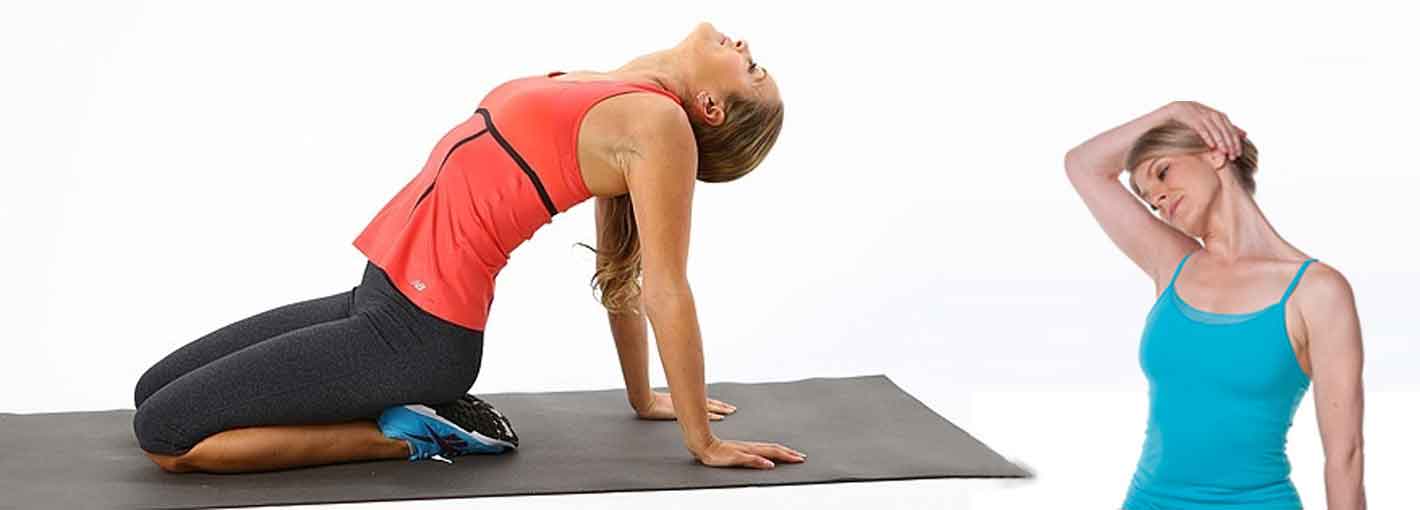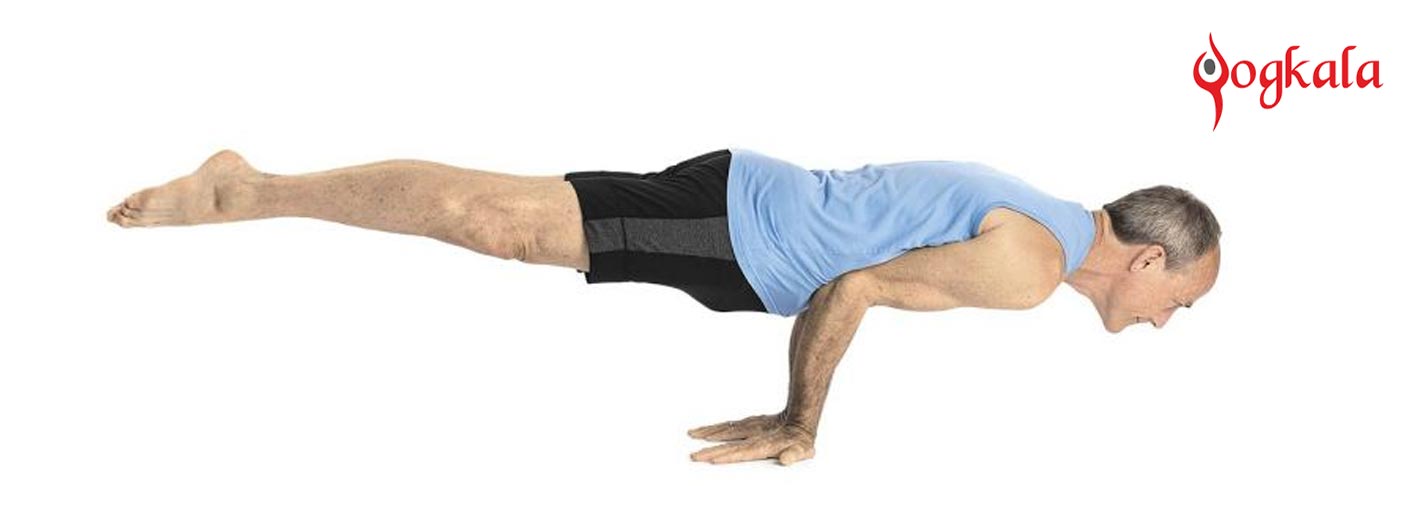How To Perform Paschimottanasana (Seated Forward Bend) With Benefits & Precautions?
Paschimottanasana or Seated Forward Bend, also known as Intense Dorsal Stretch, is an effective basic level hatha yoga pose with myriad health benefits. This Sanskrit word is formed by a combination of three other Sanskrit words “Paschima” (meaning “west” or “back of body”), Uttana (meaning “intense stretch” or “straight” or “extended”) and asana (meaning “posture” or “seat”).
According to Shiva Samhita, this is an accomplished asana along with Padmasana (lotus pose), Siddhasana (half-lotus pose) and Vajrasana (diamond pose). The 11th century yogi Gorakhnath advocated this pose. This pose is also performed in Acroyoga with Floating Paschimottanasana.
The preparatory poses of Paschimottanasana include Uttanasana, Janu Sirsasana and Balasana and the follow up pose is Ardha Matsyendrasana. Some other similar poses include Padangusthasana and Kapotasana.
Here are the steps, benefits, advanced variation and contraindications of standing forward bend pose.
Steps of Doing Paschimottanasana
You should follow this simple step-by-step procedure to do Paschimottanasana:
- To begin with the pose, you have to sit up and stretch your legs out in front. While doing this, keep your spine straight and toes bent toward you.
- Now inhale, raising both your arms above your head and stretch upward.
- Exhale as you bend forward from the hip joints and your chin should move toward the toes. Make sure you keep the spine erect and focus on moving forward toward the toes instead of downward toward the knees.
- Keep your hands on the legs as far as they reach. Try to hold your toes and pull on them in order to go forward.
- As you inhale, lift your head and stretch your spine.
- As you exhale, move the navel slowly toward the knees.
- Do this 2-3 times.
- Now move your head down and breathe deeply for about 30-60 seconds.
- Stretch your arms out in front of you.
- As you breathe in, get back to the sitting position using the strength of your arms.
- Breathe out and lower your arms.
What’s The Science Behind This Pose?
Paschimottanasana provides a good stretch to the back of your body, from head to toe. The muscles of the anterior part of the body contract, creating pressure on abdomen and thorax. This improves respiratory functions and working of the intra-abdominal glands especially focusing on secretions.
It also improves the flexibility in the lumbar region, thighs, and hips. The blood circulation in the back enhances and the nerves of the spinal cord become toned. This asana also helps in reducing the fat around the hip, thigh, and abdomen region. Moreover, it purifies the Nadis and invigorates the Kundalini Shakti.
What Are The Benefits You Get?
Some of the health benefits that you can reap by practicing Paschimottanasana include:
- Stimulating the Manipura Chakra and life energy
- Increasing blood supply in the back
- Activating the kidney, liver, pancreas, abdomen and pelvic organs
- Tones the whole body and reduces obesity
- Stretching the back muscles and along the back of your legs
- Effective for women after childbirth
- Easing menopause and menstrual discomfort
- Relaxing the mind by relieving stress, headaches, anxiety and depression
- Stretching spine, hamstrings and shoulders
- Strengthening agni (digestive fire)
- Improving digestion
- Reducing fatigue
- Controlling blood sugar level and high blood pressure
- Relieving insomnia, infertility and constipation
Advanced Variation of The Pose
Paschimottanasana allows easier rotation inward or outward of the legs by adducting them at the hip, stretching the knees or enacting plantar or dorsiflexion of the ankle. You can perform these variations either as a combined stretch to change the focus on different tissues or simply to divert the mind from the hamstrings and lower back stretch. These variations can be used rhythmically for relaxation.
In order to increase the stretch while staying in this pose, you have to re-stretch your elbows. To perform this, once you are in the asana, hold your hands tightly around the soles of your feet.
Contraindications & Precautions
Here are some important precautions and contraindications associated with the pose that you must keep in mind:
- Do NOT do this pose if you have problem of slipped disc and/or sciatica
- Pregnant women should avoid this asana as it lays pressure on the uterus
- Do NOT practise this pose if you have diarrhea, asthma or any respiratory problem
- If you have a back injury or have difficulty in bending the back, take proper caution and do it only under expert supervision.
- Avoid it if you recently went through a stomach surgery
If you are a novice, do NOT stay in the position for too long and hold it for as long as you are comfortable. - Do NOT exert too much pressure while stretching the muscles as it could cause strain to your muscles.
